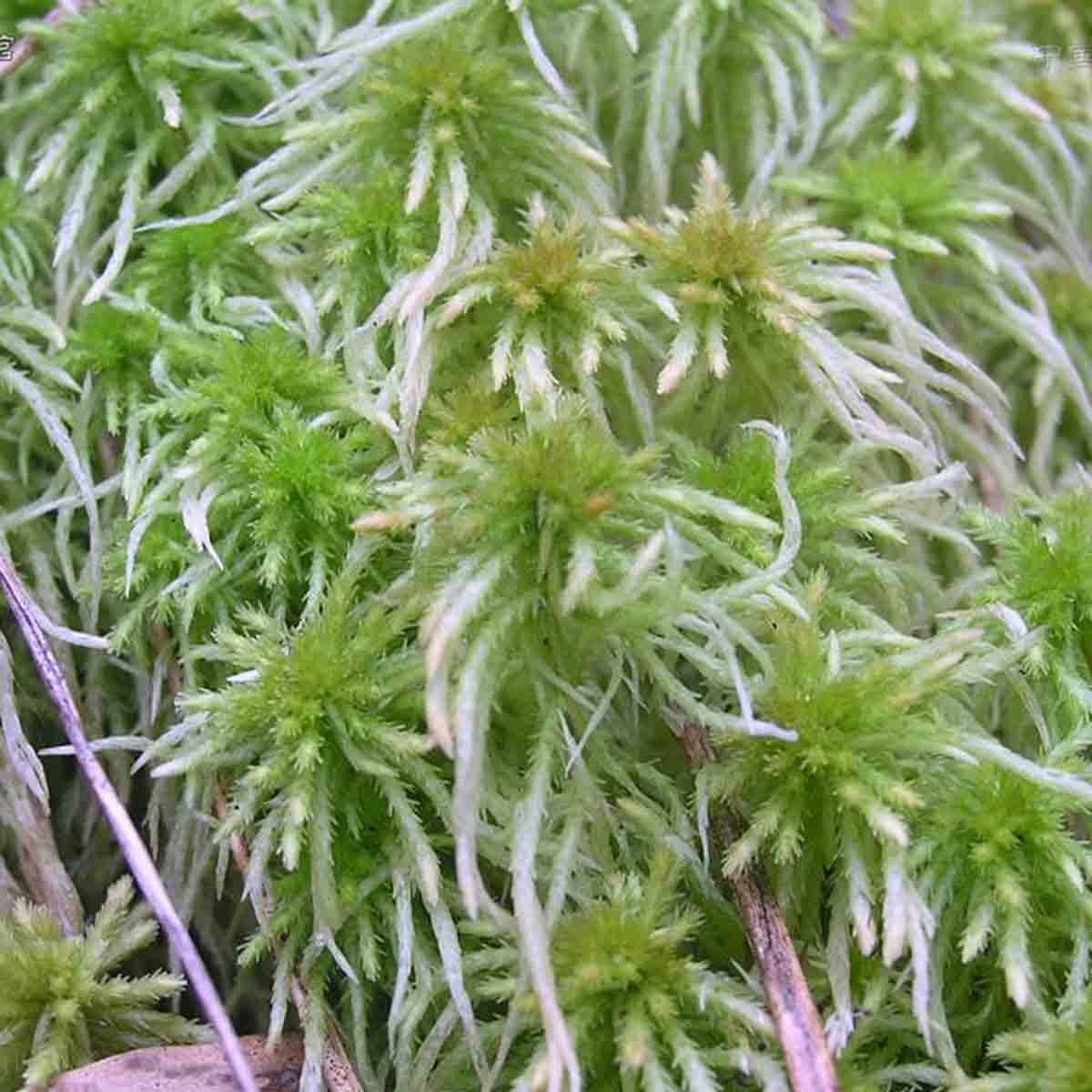
cfh-nature-museum-sphagnum-palustre-1.jpg from: https://khartasia-crcc.mnhn.fr/en/content_en/sphagnum-palustre-l
Introduction
Welcome, fellow moss enthusiasts! Today, we’re going to delve into the fascinating world of Sphagnum palustre L., a remarkable moss species from the Sphagnaceae family, commonly known as Sphagnum. Prepare to be captivated by the intricate details and ecological significance of this unassuming yet extraordinary plant.
Background
Before we dive into the nitty-gritty of Sphagnum palustre L., let’s set the stage with a brief background. Bryophytes, the group to which mosses belong, are among the oldest land plants on Earth, dating back over 400 million years. These resilient organisms have played a crucial role in the colonization of terrestrial environments and continue to thrive in various habitats worldwide.
Main Content
Morphology and Identification
Sphagnum palustre L. is a tufted moss that forms dense, compact cushions or mats. Its stems are typically pale green to yellowish-brown, and the leaves are ovate-lanceolate in shape, with a distinctive spirally twisted appearance. One of the most striking features of this moss is its ability to hold an impressive amount of water, thanks to its specialized
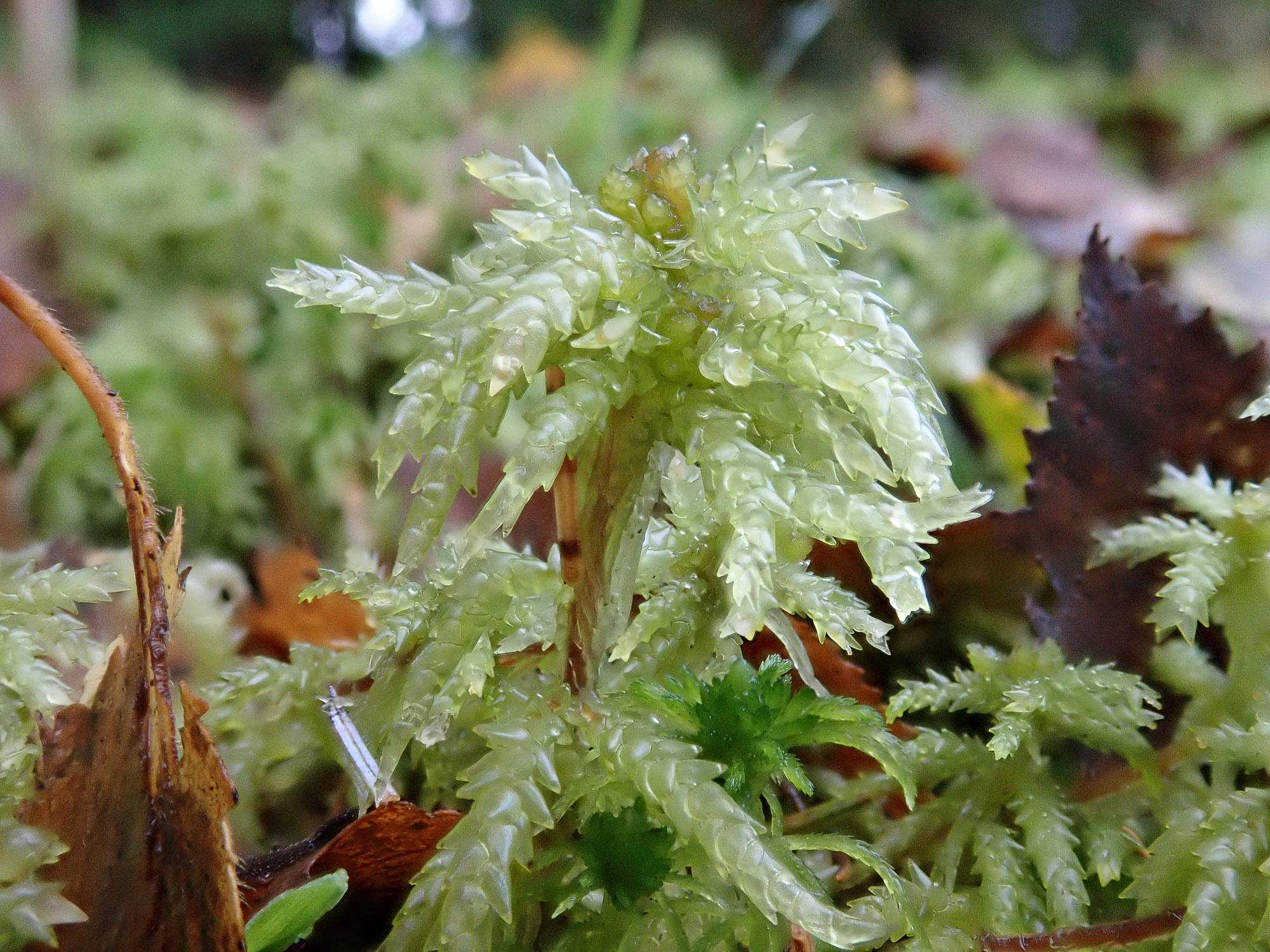
2021-10-30-15-20-11.jpg from: https://www.britishbryologicalsociety.org.uk/learning/species-finder/sphagnum-palustre/
hyaline cells and capillary spaces.
Global Distribution and Habitat
This remarkable moss species has a widespread distribution, found across Europe
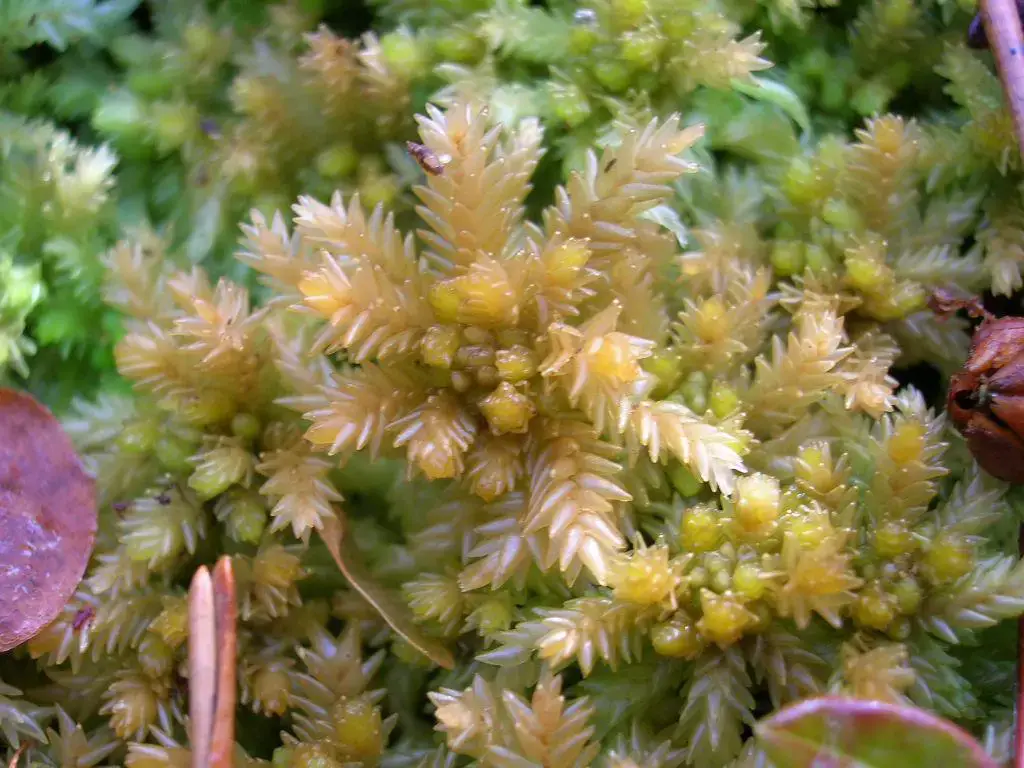
palustre_fresh.jpg from: https://blogs.ubc.ca/biology321/?page_id=2985
, Asia, North America, and even parts of South America. It thrives in a variety of wetland habitats, including bogs, fens, swamps, and moist tundra regions. Sphagnum palustre L. plays a crucial role in these ecosystems, acting as a sponge and regulating water levels.
Ecological Roles and Adaptations
Sphagnum palustre L. is a true ecological marvel, exhibiting remarkable adaptations that allow it to thrive in its unique environments. One of its most fascinating traits is its ability to acidify its surroundings, creating an ideal environment for itself while excluding many other plant species. This process is facilitated by the release of organic acids and the accumulation of partially decayed plant material, known as peat.
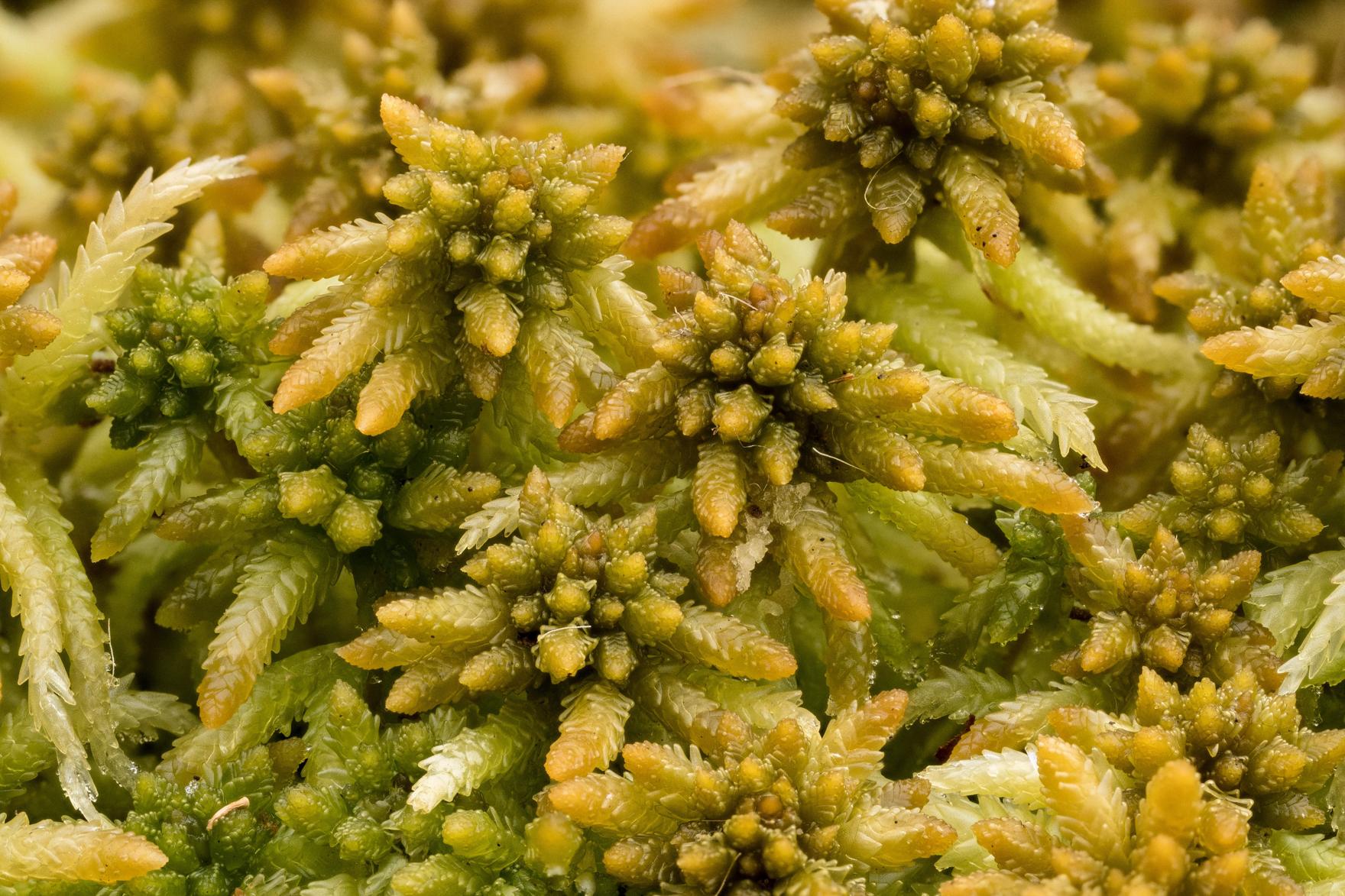
SPHAPALU-Sphagnum-palustre-Sp5-14Nov18-Karlo.jpg from: https://ohiomosslichen.org/getting-started-with-sphagnum/
Moreover, Sphagnum palustre L. serves as a vital
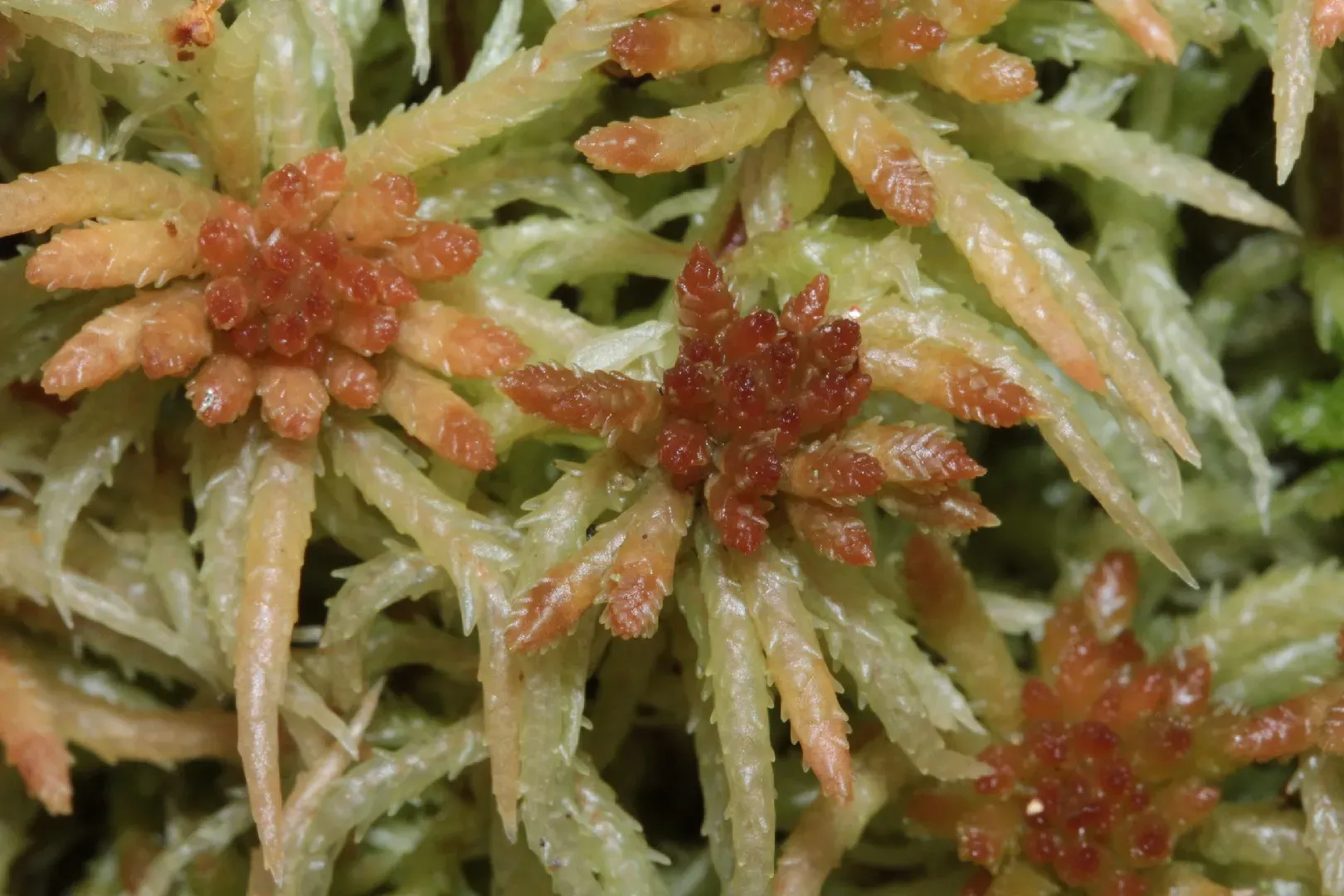
152375866221920259.jpeg from: https://www.picturethisai.com/fr/wiki/Sphagnum_palustre.html
habitat for numerous organisms, including invertebrates, amphibians, and even small mammals. Its dense mats provide shelter, moisture, and a rich source of nutrients, contributing to the overall biodiversity of wetland ecosystems.
Case Studies/Examples
To illustrate the ecological significance of Sphagnum palustre L., let’s consider the Mer Bleue Bog in Ottawa, Canada. This remarkable peatland is home to a diverse array of plant and animal species, with
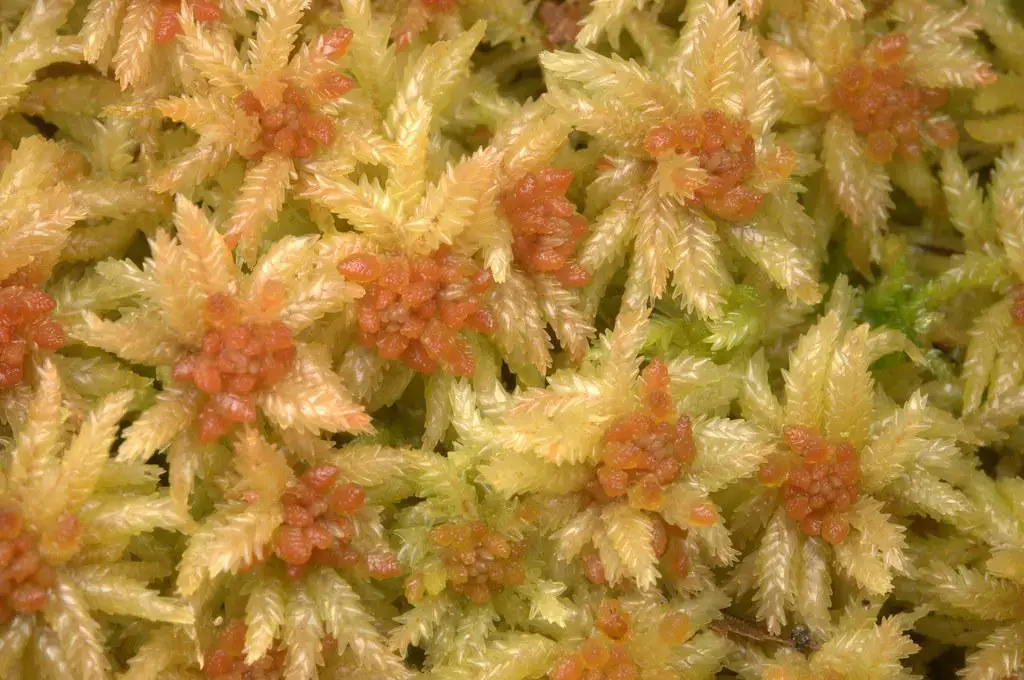
8460291722_b5c32edfa1_b.jpg from: https://www.flickr.com/photos/cladoniophile/8460291722
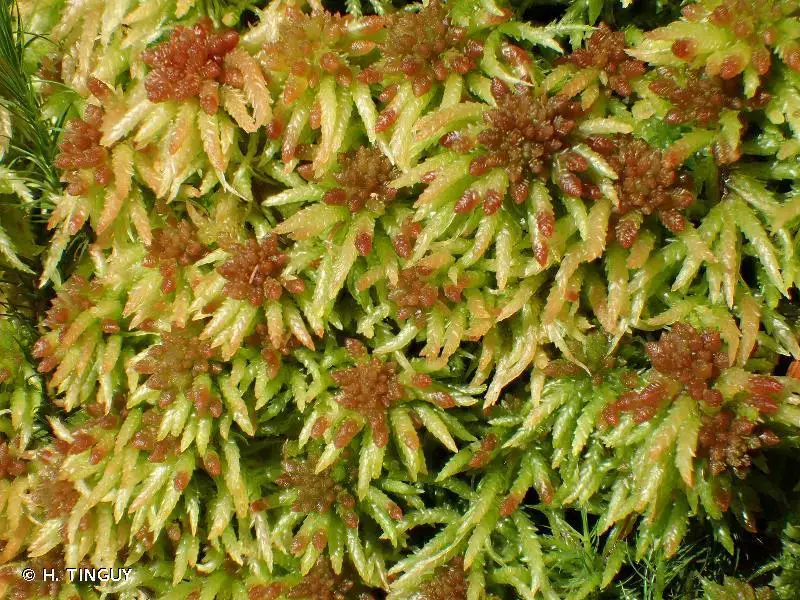
6769_162133_.jpg from: https://biodiv-paysdelaloire.fr/espece/6769
Sphagnum palustre L. playing a crucial role in maintaining the delicate balance of the ecosystem. Researchers have studied the intricate relationships between this moss and other organisms, shedding light on the importance of preserving such unique habitats.
Technical Table
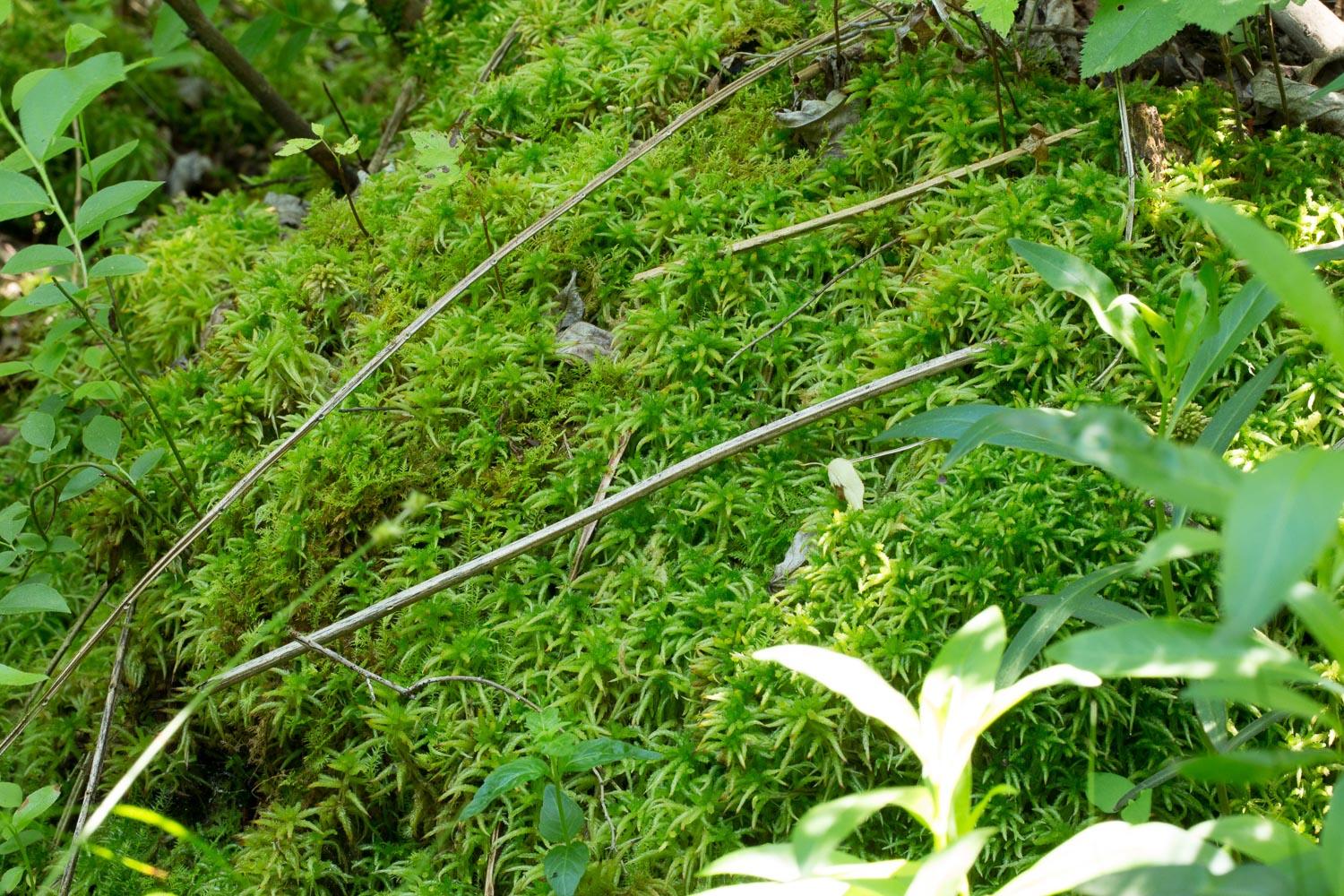
Sphagnum-palustre-9.jpg from: https://ohiomosslichen.org/moss-sphagnum-palustre/
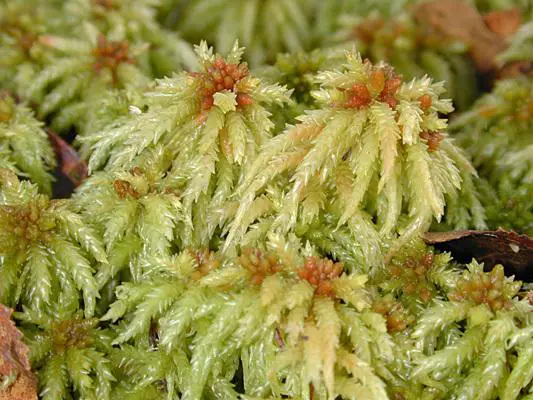
549.BI-image-16705.jpg from: https://campaign.auraisrael.co.il/corl/?query=Sphagnum-palustre-Blunt-leaved-Bog-Moss-Une-portion-305450

peat-moss-sphagnum-palustre-growing-in-wet-ground-in-a-dartmoor-conifer-ECGJFF.jpg from: https://www.alamy.com/stock-photo-peat-moss-sphagnum-palustre-growing-in-wet-ground-in-a-dartmoor-conifer-76583123.html
| Characteristic | Description |
|---|---|
| Scientific Name | Sphagnum palustre L. |
| Family | Sphagnaceae |
| Division | Bryophyta |
| Class | Sphagnopsida |
| Growth Form | Tufted, compact cushions or mats |
| Stem Color | Pale green to yellowish-brown |
| Leaf Shape | Ovate-lanceolate, spirally twisted |
| Water-holding Capacity | High, due to hyaline cells and capillary spaces |
Conclusion
Sphagnum palustre L. is a true marvel of nature, showcasing the incredible diversity and adaptations of mosses. From its unique morphology and water-holding capabilities to its vital ecological roles in wetland ecosystems, this unassuming plant deserves our utmost appreciation and protection. As we continue to explore the wonders of the natural world, let us ponder this thought-provoking question: How can we better understand and preserve the intricate relationships between mosses like Sphagnum palustre L. and their surrounding environments?